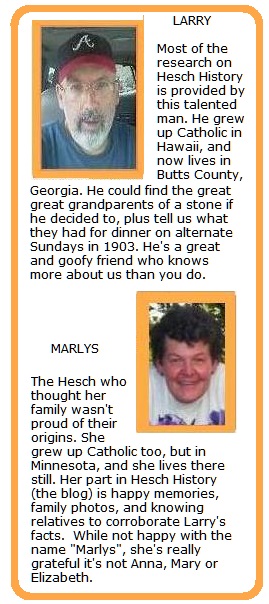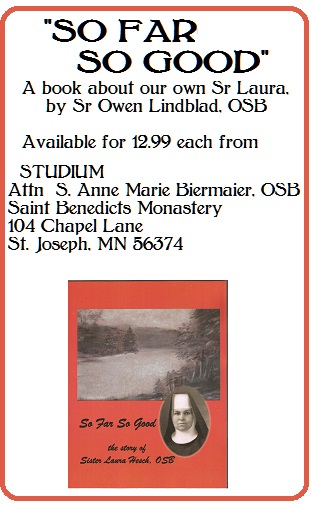 |
| (Yes, I flipped this picture to make her left-handed ☺ Woohoo). |
"The sizable numbers of German-speaking persons who wanted sermons and schools conducted in their native tongue led to a nationwide controversy during the last quarter of the 19th century. In 1878, Abbot Alexius Edelbrock of St John's Abbey declared the persons "best acquainted with a foreign tongue
 should have the advantage of hearing the gospel read, and sermons preached to them, in their own language". Other leaders, most notably Archbishop Ireland of St Paul wanted to "Americanize" the church and thus defend it from what came to be called "Cahenslyism", a plan proposed to Pope Leo XIII in 1891 by Peter Paul Cahensly, which would have organized foreign-born Catholics in the United States into congregations of like nationality served by priests of the same mother tongue. In his Americanization efforts Ireland initiated a takeover by public school boards of parochial schools in Fairbault and Stillwater, perpetrating a dispute that reached all the way to Rome, and persisted for many years in various forms. The archbishop insisted that, while Germans could be taught in parochial schools, English should be spoken in general so that the faith of the children was not restricted to the non-English tongue of their parents.
should have the advantage of hearing the gospel read, and sermons preached to them, in their own language". Other leaders, most notably Archbishop Ireland of St Paul wanted to "Americanize" the church and thus defend it from what came to be called "Cahenslyism", a plan proposed to Pope Leo XIII in 1891 by Peter Paul Cahensly, which would have organized foreign-born Catholics in the United States into congregations of like nationality served by priests of the same mother tongue. In his Americanization efforts Ireland initiated a takeover by public school boards of parochial schools in Fairbault and Stillwater, perpetrating a dispute that reached all the way to Rome, and persisted for many years in various forms. The archbishop insisted that, while Germans could be taught in parochial schools, English should be spoken in general so that the faith of the children was not restricted to the non-English tongue of their parents.The fight was also seen as one between liberals and conservatives. In Minnesota it widened the rift between Irish and German Catholics. In Stearns County the opposition to English in churches and parochial schools was stronger in rural areas than it was in St Cloud. In the church schools children were taught half in
German and half in English, usually by sisters of German birth or descent. The readers used were printed in high German, as were such newspapers as Der Nordstern (The North Star) of St Cloud, and Der Wanderer (The Migrant) of
St Paul, which many parents read. The problem was further complicated by....."
NOT by dialects--it had to do with the state wanting schools one way, and the local Catholics wanting it another way. It's a chapter of our history that's almost never mentioned, or it's glossed over, like in the excerpt. Sigh.
(Maybe once the book arrives, I'll change this post, huh? We can make this controversy drag out for another hundert years, mebee! ☺)



No comments:
Post a Comment